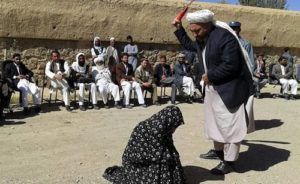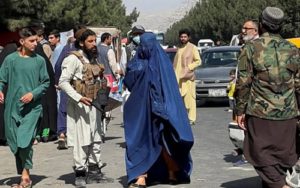 In my opinion, the Biden administration’s chaotic withdrawal from Afghanistan was one of the worst foreign policy debacles in American history.
In my opinion, the Biden administration’s chaotic withdrawal from Afghanistan was one of the worst foreign policy debacles in American history.
It conveyed a message of weakness to the rest of the world. Putin was watching, and was emboldened to act against Ukraine. And President Xi was watching, and his provocative actions against Taiwan have been elevated.
Despite the fact that the world had seen firsthand the brutality of the Taliban when they ruled Afghanistan from 1996 through 2001, many in the Biden administration, and some of their supporters in the mainstream press, were convinced, or at least hopeful, that this was a new, more moderate Taliban than the one we’d seen back then. They were willing to trust the Taliban’s assurances that they would not retaliate against Afghans who had worked with, or fought alongside, the United States and our NATO allies. And the Taliban promised to be much more tolerant of the rights of women and girls, saying they could continue their education, hold jobs, and not have to wear the stifling burqa. That was then.
 Now that the Taliban is in total control of the country, they’re reverting to their true selves. As for retaliation, they’ve been systematically hunting down and killing with impunity soldiers, police officers, former government officials, whomever they want.
Now that the Taliban is in total control of the country, they’re reverting to their true selves. As for retaliation, they’ve been systematically hunting down and killing with impunity soldiers, police officers, former government officials, whomever they want.
As for allowing girls and women to continue with their education, the Taliban has cut off that education at grade 6. Above that, all education for girls and women is terminated. It’s only for boys and men now.
 And it was announced last week that all women in Afghanistan must wear a head-to-toe burqa, with the face completely covered. Any woman who defies this edict will be brutally beaten and perhaps even killed. So much for a more moderate Taliban.
And it was announced last week that all women in Afghanistan must wear a head-to-toe burqa, with the face completely covered. Any woman who defies this edict will be brutally beaten and perhaps even killed. So much for a more moderate Taliban.
The population of Afghanistan is approximately 40 million people. That means about 20 million women and girls in that sad nation are now effectively reduced to the level of slavery. The Biden administration likes to tout its pro-women bona fides. Ask the 20 million women and girls in Afghanistan what they think about that.

